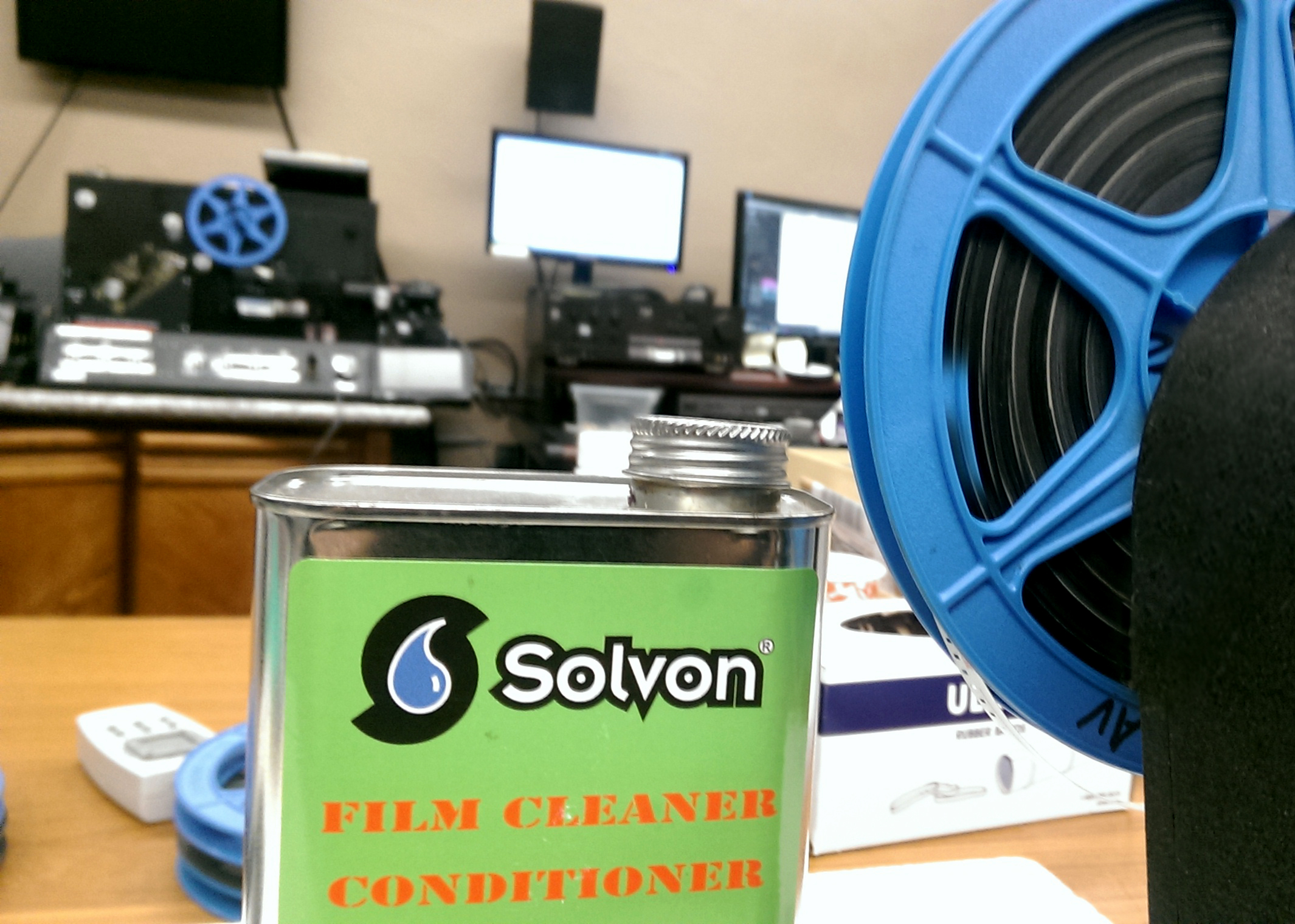

The final type- drum scanners-provides the best scan quality. That creates greater potential for scratches if the scanner isn’t maintained properly. Some scanners move the film through the machine automatically, which is handy. Negative or slide scanners pass a more focused beam of light through the film than a flatbed scanner, and they can scan uncut film, feeding multiple frames through at a time. These scanners are popular and versatile, but some can be difficult to use, requiring setting adjustments with each scan. Flatbeds that scan film, however, have another light source in the lid to illuminate the negatives or slides. Most typical flatbed scanners have a single light source that goes under the document. You lift the lid, place the film, and start scanning. These models feature a clear, glass bed with a lid. If you’ve ever seen a standard photo scanner, you’ll recognize a flatbed film scanner. Film scanners come in one of three basic types-flatbed, dedicated film scanners (also known as transparency or slide scanners), and drum scanners. When choosing, you need to be cognizant of the type of film you intend to scan and what you plan to do with the scans. The best film scanners capture the light, shadows, and colors of the original film with accuracy and clarity. Use the best film scanners to enhance your artistic preferences.
#Movie collector scanner pro#
#Movie collector scanner manual#
Professionals will need the manual control and versatility of a more expensive film scanner, while hobby photographers don’t need to make the same financial investment. Consequently, your chosen film scanner will need to work for the type of film you use as well as offer the quality that works for your purposes. Others work with several types of film as well as scan documents and printed photos. The best film scanners preserve the look and feel of the original film and make it easier to edit, share, and replicate your work.įilm scanners come in different sizes, use different technologies, and may only work for certain types of film. There are also film scanners that convert 8 mm and Super 8 film into easily edited and shared MP4s.

Film scanners aren’t just for photography either. Enter the film scanner, which converts film images to digital format. However, you can’t deny the ease of editing and sharing digital photos. There’s a look and texture to film photography and video that their digital counterparts can’t capture. For some photographers, film is still magic.


 0 kommentar(er)
0 kommentar(er)
